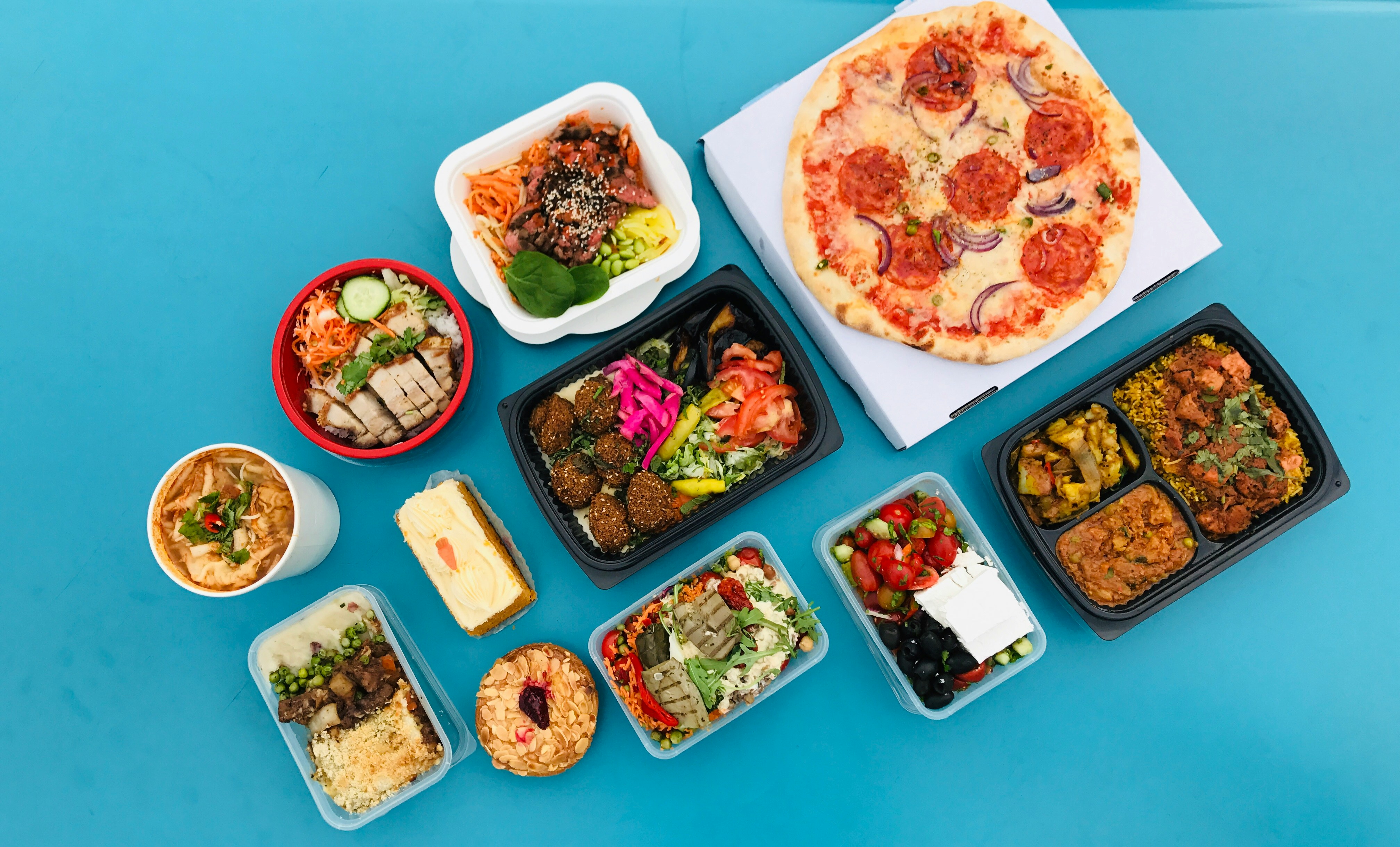
Effective Meal Planning Strategies For More Frequent Home Cooking
Cooking at home offers a great way to save money and enjoy healthier meals. By choosing what goes into each dish, you control both the quality and taste of the food you eat. Planning meals ahead of time brings a sense of order to your week and makes it easier to prepare delicious dinners, even when life feels busy. This guide shares practical steps to help you cook at home more frequently and with less hassle, so you can make the most of your time in the kitchen while enjoying fresh, tasty meals every day.
Advertisement
Set Your Meal Planning Goals
- Identify why you cook at home: save money, eat fresher food, or learn new recipes.
- Outline how often you cook: start with two nights per week and increase gradually.
- Choose focus areas: protein variety, vegetable intake, or time-saving hacks.
Clear goals motivate you and give you direction. Write them down on a notepad or app so you can revisit them as you make progress. When you track milestones—like cooking four meals at home in one week—you build momentum.
Make sure your goals fit your lifestyle. If you have two kids, pick quick 30-minute recipes. Single adults might try more complex dishes on weekends. Tailoring targets to your schedule keeps you on track.
Create a Weekly Menu Framework
- Pick theme nights: Mexican Monday, Stir-Fry Wednesday, Soup Saturday.
- Assign main ingredients by day: chicken, fish, tofu, beef.
- Plan for leftovers: schedule a “reuse” night to reduce waste.
- Set aside one flexible night for dining out or trying new recipes.
- Review and adjust: check fridge contents each Sunday and tweak your plan.
This structure removes guesswork at dinnertime. Knowing that Wednesdays are stir-fry nights helps you shop only for what you need. Stick to your outline but stay flexible if something looks fresher or goes on sale.
Keep a list of go-to recipes. When you lack inspiration, browse your saved recipes or photos on your phone. You’ll save time and mental energy deciding what to cook.
Smart Grocery Shopping Tips
Making a shopping list helps you shop efficiently. Group items by store sections to avoid backtracking. This approach helps you spend less time wandering aisles and saves money on impulse purchases.
Buy seasonal produce. During summer, focus on tomatoes and zucchini. In winter, choose root vegetables and hearty greens. Seasonal fruits and vegetables often taste better and cost less.
Compare unit prices. For example, a one-pound bag of carrots might cost less per ounce than loose carrots. Check the shelf tag to pick the best deal.
Use a basket instead of a cart for small trips. Limiting the number of items you buy lowers your total bill.
Batch Cooking and Prep Techniques
Spend an hour on Sunday chopping vegetables, cooking grains, and marinating proteins. Store each component in clear containers for quick assembly during the week.
Double recipes and freeze leftovers. Soups, casseroles, and sauces freeze well. Label each container with the date and reheating instructions.
Keep a simple spice mix ready. Mix garlic powder, paprika, cumin, and oregano in bulk. Adding a sprinkle to proteins or veggies speeds up flavoring.
Use sheet pans for one-pan meals. Spread chopped ingredients on a baking sheet, drizzle with oil, season, and roast. Cleanup takes only minutes.
Add Variety and Nutrients to Your Meals
Build colorful plates with different vegetables. Red peppers, orange sweet potatoes, green spinach, and purple cabbage provide a variety of vitamins and antioxidants.
Try different grains like quinoa or farro instead of rice. Switch up protein sources such as salmon, lentils, eggs, or lean pork. A variety of foods keeps meals interesting and ensures you get more nutrients.
Add a handheld salad to each meal. Toss baby kale with lemon juice and olive oil. This simple step boosts fiber and adds more vegetables to your diet.
Mix herbs and seeds into finished dishes. Fresh parsley, cilantro, or toasted sesame seeds enhance flavors and boost nutrients without extra cooking time.
Stay on Track with Scheduling and Accountability
- Set calendar reminders for prep sessions and cooking nights.
- Check off each completed meal on a wall chart or phone tracker.
- Invite a friend or partner to cook with you via video call once a week.
- Share photos of your dishes on social media to celebrate small wins.
Having a routine helps you stay consistent. Block time in your calendar for cooking to turn it into a habit instead of an afterthought. Each checkmark shows your progress.
If you miss a session, adjust your plan instead of giving up. Move your batch-cook hour to a different day to stay aligned with your goals.
Use tracking tools to see your patterns. A simple spreadsheet or free app helps you identify which meals you skip and which you repeat. Use those insights to improve your weekly plan.
Occasional splurges and takeout nights are part of a balanced routine. Cooking at home regularly supports healthier habits and saves money.
Advertisement